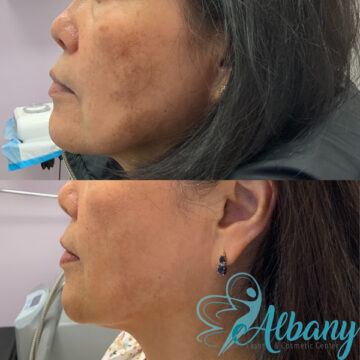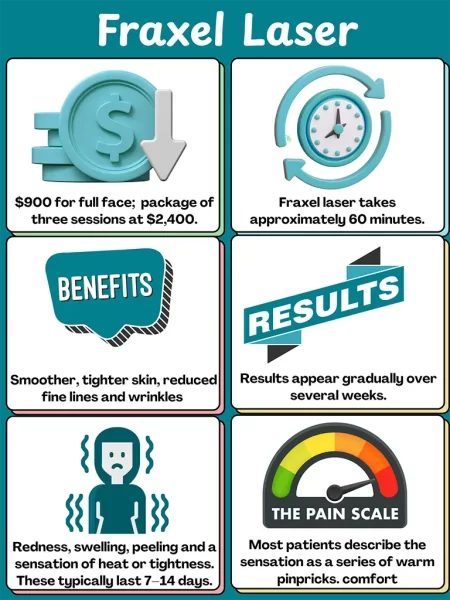Professional Hyperpigmentation Treatment Edmonton
Hyperpigmentation Edmonton is a common skin concern characterized by dark patches or spots resulting from an overproduction of melanin. Sun exposure, hormonal shifts, inflammation, injuries, and genetics can all trigger these areas of excess pigment.
At Albany Cosmetic & Laser Centre in Edmonton, our goal is to help you achieve clear, even skin through advanced technologies and customized care. Whether you’re dealing with sun spots, post-inflammatory marks, melasma, or freckles, our team offers targeted solutions to lighten and balance your skin tone.


Quick Summary of Hyperpigmentation Treatment
Cost & Pricing
What To Expect
Mechanism of Action
Benefits & Results
Discomfort & Pain Level
Side Effects & Downtime

What Causes Hyperpigmentation and Why Do I Have It?
Hyperpigmentation occurs when melanocytes—the cells responsible for pigment—produce too much melanin in certain areas. This can be triggered by sun damage, hormonal fluctuations (such as during pregnancy or menopause), inflammation from acne or injuries, medications, and genetic predisposition. Common types include:
- Sun spots (actinic lentigines): Brown or black patches caused by UV exposure.
- Post‑inflammatory hyperpigmentation: Dark marks left after acne, eczema, or injuries.
- Melasma: Larger patches often triggered by hormonal changes and sun exposure.
- Freckles: Small spots exacerbated by sunlight and genetics.
Treatment options and Transparent Pricing
$700 – Includes lightening cream & 3 Fraxel sessions for small dark spots
$1,300 – Lightening cream plus 3 Fraxel treatments focused on the cheeks
$2,800 – Lightening cream and 3 full‑face Fraxel sessions for comprehensive coverage
$1,300 – Lightening cream & 3 Fraxel treatments designed specifically for underarms
$200–$1,200 – Cost varies by peel depth; superficial to deep chemical solutions lighten pigmentation
$150–$300 – Minimally invasive exfoliation; discounted packages of 4 sessions (~$550) available
$900 – Package of 3 sessions for $2,400; smaller areas such as eyes ($300) and cheeks ($400) available
$199–$325 – Signature ($199), Deluxe ($300) and Platinum ($325) options
$450–$800 – Standard microneedling around $450 per session; radiofrequency microneedling ranges from $600–$800
$450–$1,200 – PRP session $450; PRF session $1,200; package deals available
Request Your Appointment Today
Request your consultation today and discover how our treatment can refresh your appearance.
Call us at (587) 520‑2835 or use our online booking form to schedule an appointment.
Read our privacy policy here